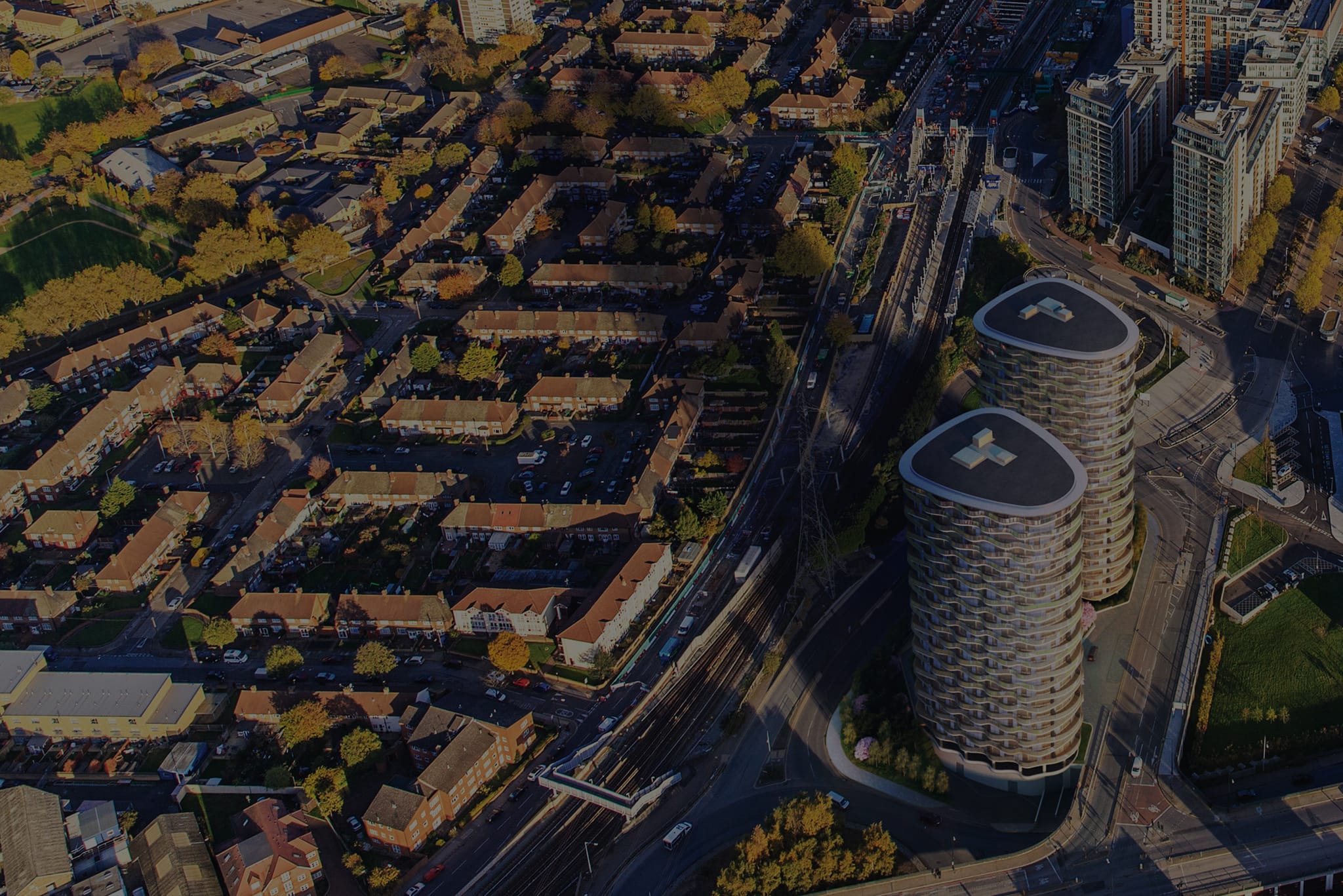
Technological progress, new governmental regulations, as well as increasing consumer demand are coalescing to accelerate the propulsion of capital deployment in sustainable property in the UK real estate sector. From institutional players to buy-to-let (BTL) landlords, the combination of energy efficiency gains, looming legislation, and consumer needs are driving green development across the British real estate landscape.
The government has continued to institute a number of measures to guide its expansive and ambitious ‘build, build, build’ strategy in a sustainable direction in line with the ‘Net Zero: Build Back Better’ vision. The chancellor’s announcement of VAT relief for residential maintenance and repairs, as well as existing legislation whereby BTL investors must adapt existing lets to a “C” EPC rating by 2028 (2025 for new lets), are two such examples.
The banking sector has followed suit with lenders offering both larger mortgages, as well as cheaper mortgage rates, to cater to these targets for BTL investors making these mandatory changes. The quantity of green BTL mortgages has soared from 4 in March 2021; to 118 in August 2021; to 369 in March 2022, according to research from mortgage broker, Mortgages For Business. This comprises 15 per cent of all BTL loans.
The Net Zero carbon emissions target for 2050 is guiding policy prescriptions and enactment. Impact assessments from the government estimate that in order to adhere to its industrial decarbonisation strategy, over a million commercial buildings need to improve their energy efficiency. The built environment is the second-largest source of emissions after transport, according to data from the climate change committee, so will be a primary target.
Increased adoption of technological innovation in sustainable devices, such as solar panels and electric vehicle charging stations, is raising sustainability standards. Investment has transformed the carbon impact of buildings which twenty years ago used up 80 per cent carbon emissions through operations. With progress in energy efficiency, now 95 – 98 per cent of building carbon use is down purely to the impact of materials, according to Savills.
“The proposals are part of a wider plan to make as many homes as possible band C – deemed to be a good standard of efficiency – by 2035. The Government has also discussed plans to require banks to have an average band C rating across their mortgage portfolios by 2030.”
References